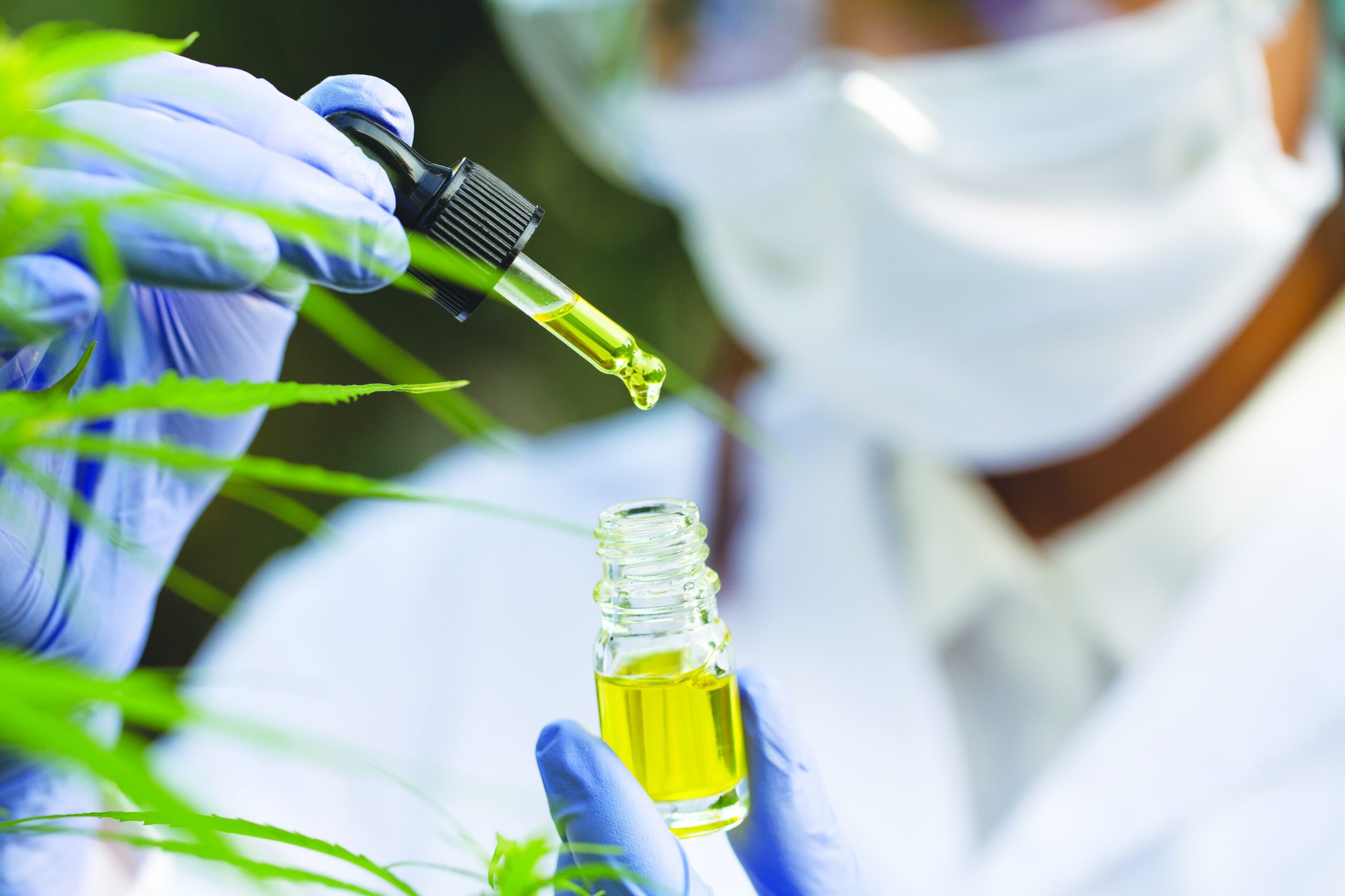
Anna Schwabe was studying cannabis genetics for her PhD at Northern Colorado University, investigating whether people could smell genetic differences between cannabis strains. After getting back reports on samples she’d sent to a lab, she noticed something that had nothing to do with her research.
“I’m seeing 15%, 12%, 17%, 11%,” Schwabe recalls. “And I didn’t remember buying anything with that low of THC content.”
Schwabe shifted focus. She started collecting more flower samples from Fort Collins, Denver and Garden City. She sought out the highest and lowest THC content she could find, gathering 23 samples of indica, sativa and hybrid cannabis. She then sent them to a third-party, high-performance liquid chromatography testing lab.
The results indicated only fourof the 23 samples were accurate to the reported THC on their labels. More than 75% of the tested samples fell below the advertised potency — 16 had 15% lower potency, 13 had 30% lower potency, and three had just half of the THC reported on the labels.
“Any [cannabis flower] above about 28% is going to be questionable,” Schwabe says. “Anything above 30% is highly questionable. Anything over 35% is extremely rare, like, almost to the point of being biologically impossible.
“Whatever is printed on the label, multiply it by 0.7, and you’ll be much closer to what the THC content actually is.”
Schwabe published a paper in Plos One indicating that around 70% of Colorado’s cannabis flower could be mismarketed with inflated THC percentages.
While THC does degrade over time, Schwabe ruled that out as a factor: None of the 23 samples had detectable levels of compounds she would have expected to see in old cannabis, nor did the THC show signs of degredation.
To Schwabe, this indicates that some producers are engaging in “lab shopping.” Her study describes cultivators and dispensaries seeking out labs that generate the “most desirable lab results.”
“Cultivators need to have high THC in order to get their money,” Schwabe points out. The higher their potency, the more valuable their product is. Labs are also incentivized to bump potency numbers, she explains.
“If you’re an ethical lab, and you’re giving accurate results but they’re 10% less than the guy down the street, you’re going to lose all your customers to the guy down the street,” she says, adding that numerous labs she knew of have gone out of business due to this competition.
The study’s abstract notes that “the lack of standardized testing protocols, limited regulatory oversight and financial incentives to market high THC potency” are driving this problem.
The Colorado Marijuana Enforcement Division’s (MED) Code of Colorado Regulations has a section on potency testing. It says a regulated testing facility “may test and report results” following the standard operating procedure, which allows a 10% deviation from the stated potency for retail and medical marijuana products.
If samples from a test batch exceed that allowance — in either direction; 10% more or less THC than is on the label — the product fails the potency test.
But the catch is that MED doesn’t verify that on its own. Once the producer has submitted potency testing results, that gets printed on the label with no verification. It would be too expensive for the state to do its own third-party testing on all products. So there isn’t really a way to prove a producer is fibbing on potency reporting.
When asked about Schwabe’s findings, MED said it does not provide opinions on specific studies. But communications manager Heather Draper did offer one comment.
“We would point out that there are regulations in place that promote public safety and establish expectations for licensees regarding the collection and submission of test samples to ensure they are representative of the batches they are submitted on behalf of,” Draper said. “In addition, there are requirements regarding labeling and advertising of marijuana products for licensees.”
The state’s extensive labeling and advertising rules require that the potency be clearly marked, but there isn’t much guidance for the actual testing. The state and producers are reliant on third-party labs.
Schwabe believes this issue could be mitigated with regulation and standardized third-party testing requirements. However, cannabis’ status as a Schedule I substance means the Food and Drug Administration enforces no such requirements at a federal level.
“Regulators and policymakers need to make sure that not only are they looking out for the consumer safety and best interests, but also that they’re following through with the whole point of this testing and making sure that there is accuracy in the reporting,” Schwabe says. “Otherwise, what’s the point?”
